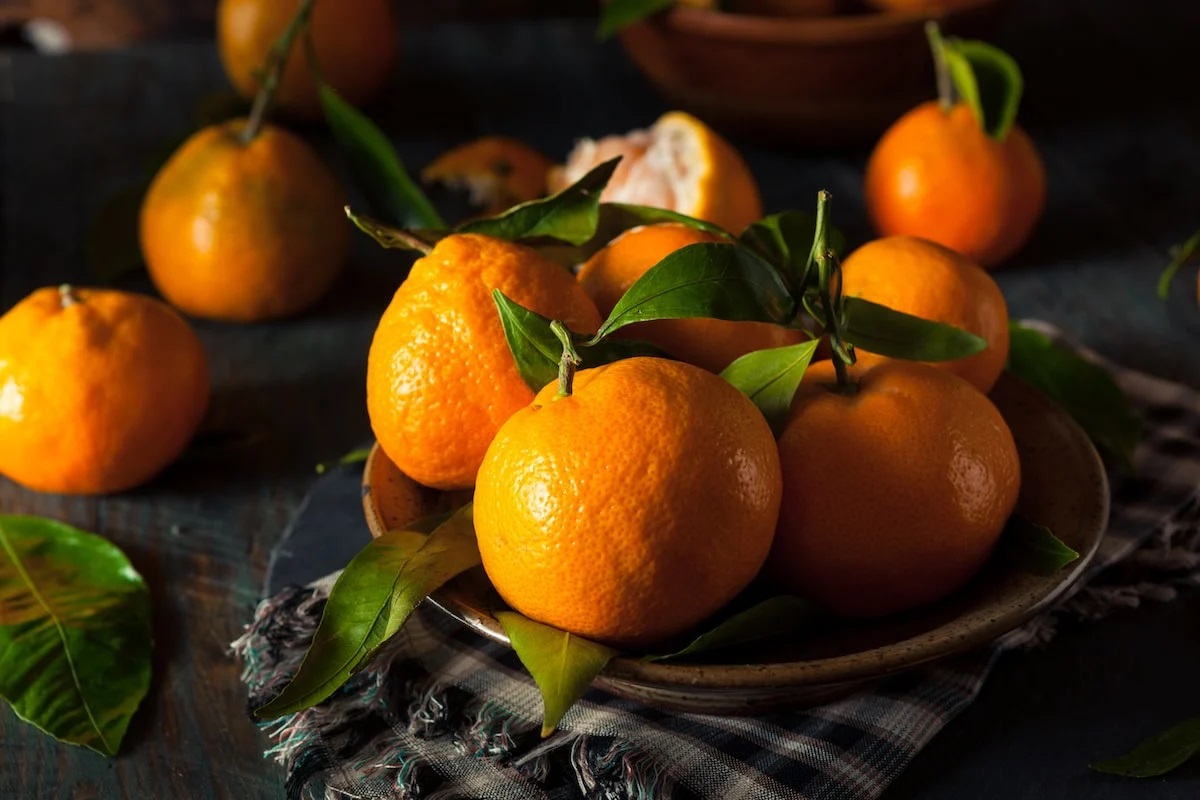
Satsuma fruit, also known as Citrus unshiu, is a delicious and juicy citrus variety that originates from Japan. With its vibrant orange color and sweet, tangy flavor, satsumas have gained popularity all over the world. Packed with essential vitamins and minerals, these small fruits offer numerous health benefits. Whether consumed as a refreshing snack or used in culinary creations, satsumas never fail to delight the taste buds. In this article, we will explore 10 fascinating facts about satsuma fruit that will make you appreciate this citrus gem even more. So, grab a satsuma, sit back, and dive into the intriguing world of this delightful fruit!
Key Takeaways:
- Satsumas are small, easy-to-peel citrus fruits packed with juicy goodness and rich in Vitamin C, making them a perfect winter snack for a healthy immune system and glowing skin.
- With their festive appeal, delightful taste, and easy cultivation, Satsumas make a thoughtful and refreshing gift, symbolizing good luck and prosperity during the holiday season.
The Origin of Satsuma Fruit
Satsuma fruit, a citrus variety, originated in Japan and earned its name from the Satsuma Province, where it was first cultivated. Renowned for its vibrant flavor and easy-to-peel skin, Satsumas have gained popularity worldwide.
What Does a Satsuma Fruit Look Like?
A Satsuma fruit is smaller compared to other citrus fruits, typically about the size of a mandarin. It has a thin, smooth, and bright orange skin that is easy to remove, making it a convenient and mess-free snack.
Tasty and Juicy
One of the key reasons why Satsumas are loved by many is their sweet, tangy, and juicy flavor. Each fruit contains multiple segments full of delicious juice, making it a refreshing treat.
Rich in Vitamin C
Satsumas are packed with essential nutrients, with Vitamin C being a standout feature. Consuming Satsumas regularly helps boost your immune system, improve skin health, and support overall wellbeing.
A Winter Delight
Satsumas are often referred to as “Christmas oranges” because they are harvested during the colder months, typically from November to January. Their availability during the winter season adds to their charm and festive appeal.
Easy to Peel and Eat
Unlike many other citrus fruits, Satsumas have a loose skin that can be effortlessly peeled by hand. This makes them a convenient on-the-go snack, perfect for children and adults alike.
Perfect for Citrus Lovers
If you adore citrus flavors, Satsumas are a must-try. Their delightful taste and aroma give a burst of freshness, making them a fantastic addition to salads, desserts, and refreshing beverages.
A Popular Gift
Due to their association with the holiday season, Satsumas are often exchanged as gifts symbolizing good luck and prosperity. Their bright color and delicious taste make them a thoughtful and healthy present.
Multiple Varieties
While the traditional Satsuma variety is widely recognized, there are also other types of Satsuma hybrids available. These variations offer different flavors, sizes, and textures, providing options to suit various preferences.
Easy to Grow
Satsuma trees are relatively easy to cultivate, making them a popular choice for home gardeners. They are more cold-tolerant compared to other citrus trees, making them suitable for a wider range of climates.
So, there you have it – 10 Satsuma Fruit Facts! With their rich history, irresistible taste, and numerous health benefits, it’s no wonder Satsumas have become a beloved fruit around the world. Experience the joy of biting into this juicy citrus gem and indulge in its vibrant flavor today!
Conclusion
In conclusion, Satsuma fruit is a delicious and nutritious citrus variety that offers a multitude of health benefits. Its juicy segments, easy peelability, and sweet-tangy flavor make it a popular choice among fruit lovers. Whether you enjoy it on its own, use it in recipes, or juice it for a refreshing beverage, Satsuma fruit is a versatile and versatile addition to your diet.
With its rich vitamin C content, antioxidants, and fiber, Satsuma fruit can boost your immune system, improve digestion, and promote overall well-being. It’s also a great source of hydration and can enhance the appearance of your skin. So, next time you’re looking for a tasty and nutritious snack, reach for a Satsuma fruit and savor all the benefits it has to offer!
FAQs
1. What is Satsuma fruit?
Satsuma fruit is a variety of mandarin orange originating from Japan. It is characterized by its thin, loose peel and seedless segments.
2. Is Satsuma fruit good for you?
Absolutely! Satsuma fruit is an excellent source of vitamin C, antioxidants, and dietary fiber, which promote immune health, support collagen production, and aid in digestion.
3. How do you eat Satsuma fruit?
To enjoy Satsuma fruit, simply peel the skin away with your hands or gently slice it with a knife. Once peeled, separate the segments and enjoy them fresh or use them in salads, desserts, or smoothies.
4. Can Satsuma fruit be juiced?
Yes, Satsuma fruit makes for a delicious and refreshing juice. Simply squeeze the fruit or use a citrus juicer to extract the juice. You can also mix it with other citrus fruits for a zesty blend.
5. When is Satsuma fruit in season?
Satsuma fruit is typically in season during the late fall and winter months, making it a perfect seasonal treat for the holiday season.
Was this page helpful?
Our commitment to delivering trustworthy and engaging content is at the heart of what we do. Each fact on our site is contributed by real users like you, bringing a wealth of diverse insights and information. To ensure the highest standards of accuracy and reliability, our dedicated editors meticulously review each submission. This process guarantees that the facts we share are not only fascinating but also credible. Trust in our commitment to quality and authenticity as you explore and learn with us.
